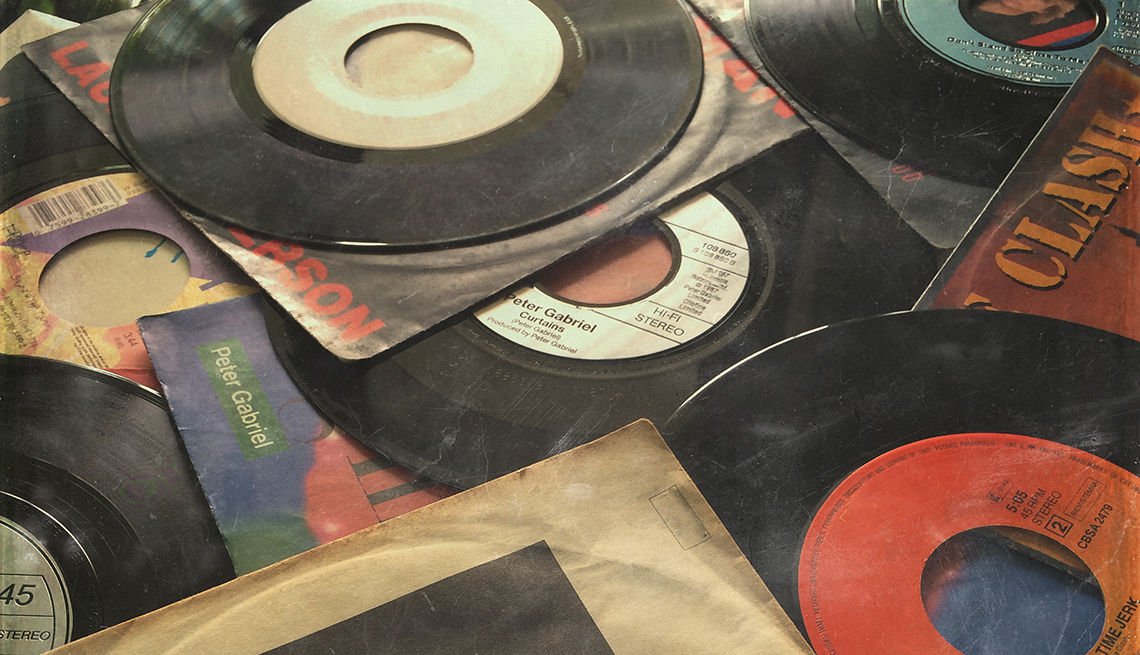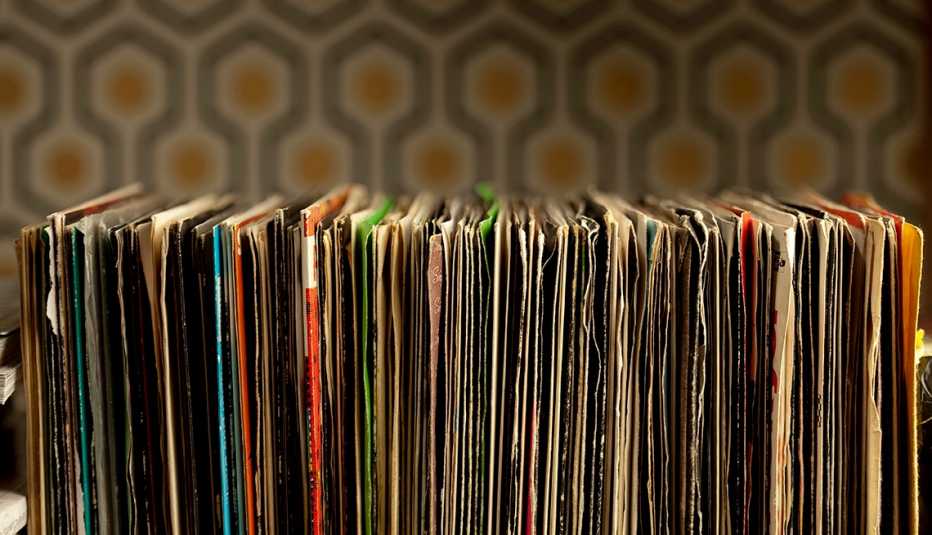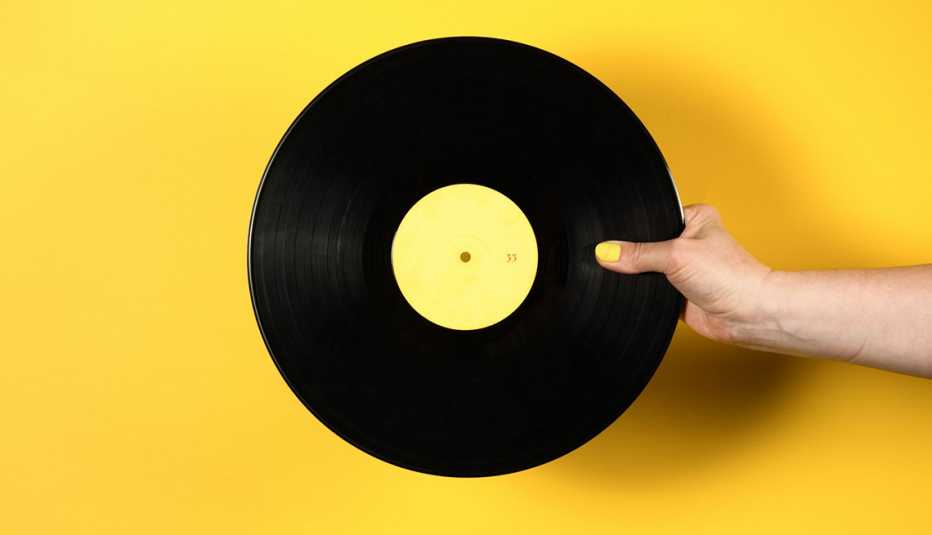Staying Fit
We all face the music — sometimes literally. How many times have you walked past that wall of vinyl or CDs in your home and thought, “Should they stay, or should they go?” In the book that sparked the latest self-help craze, The Gentle Art of Swedish Death Cleaning: How to Free Yourself and Your Family from a Lifetime of Clutter, Margareta Magnusson offers at least a partial answer to that question.
Magnusson, who says she’s between 80 and 100, makes the compelling case that purging can never be done too soon. Starting at around age 65, Magnusson writes, we should start sorting through our possessions — determining what to keep, what to toss and what to hand over to relatives now, sparing them the hard labor of sifting through whatever we leave behind. “Remember the money you are saving by doing it yourself, and all the time you will save your family and friends who will not have to do it for you,” she warns, adding on a more upbeat note, “It is a delight to go through things and remember their worth.”


AARP Membership— $12 for your first year when you sign up for Automatic Renewal
Get instant access to members-only products and hundreds of discounts, a free second membership, and a subscription to AARP the Magazine.
As anyone who grew up with rock 'n' roll knows, record collections are packed with such memories; a song or album (or even album cover) can instantly hurl you back in time, like an aural fountain of youth. But CD collections also eat up an enormous amount of space, LPs are bigger, and the storage problem is growing because LP sales have increased more than 1,300 percent in the past 12 years. How, then, to death-clean such a library? Magnusson admits that, after letting her son-in-law cherry-pick a few LPs, she tossed the rest in the trash. If that thought sounds too horrific — and you don’t have time to transfer every piece of music in your collection onto your computer hard drive — here’s a step-by-step method of paring down a music library while saving your children from having to find a home for those worn-out Stevie Wonder or Emerson, Lake & Palmer records.
Step 1: Start by pulling out the records (or CDs or tapes) with the most sentimental value: the first few you owned, the one you played at your wedding reception, and other discs that evoke wonderful or momentous times in your life. Try to keep the stack to under 50 — enough to fill up what Magnusson calls a “throw-away box” of favorites that relatives can easily toss when you’re not around. Keep a turntable, CD player or tape deck in case you ever want to play any of them.
Step 2: For recent purchases that don’t have as much sentimental value (and let’s face it — no one mourns plastic CD cases), upload them onto your hard drive or onto a service like iTunes, then toss them into a giveaway pile.
Step 3: Next in the out-the-door stack: any record you haven’t played since Bill Clinton was president. If you haven’t found the time by now to dip into that 10-disc "deluxe edition'" of U2's Achtung Baby or that collection of central Asian throat singing you picked up on a whim, you probably won’t, ever.



































































